Imbalance in supply chain
Mr. Nguyen Van Trong, Vice President of the Vietnam Farm and Agricultural Enterprise Association, shared that after the Lunar New Year 2025, pork prices increased sharply due to many reasons. Specifically, according to the report of the Department of Livestock, by the end of 2024, the total pig herd in our country reached over 31.08 million, of which more than 3 million were sows, but in reality, the number of pigs has decreased significantly.
The main reason is the impact of the 2018 Law on Animal Husbandry, although it took effect from January 1, 2020, according to the 5-year roadmap, by December 31, 2024, all regulations in this Law and Decrees 13 and 14 must be implemented; circulars, especially Circular 23/2019/TT-BNNPTNT, animal husbandry must have conditions, many stricter requirements, causing difficulties for many livestock farms that are subject to relocation according to the planning. Therefore, many households in localities have had to temporarily stop raising animals.

Mr. Nguyen Van Trong, Vice President of Vietnam Farm and Agricultural Enterprise Association. Photo: Hong Tham .
For example, Dong Nai - the "capital" of pig farming in the country, has always led in quantity with over 2 million pigs, but recently it has also decreased significantly.
Mr. Trong said that according to the Dong Nai Livestock Association, the total pig herd in this locality is currently less than 800,000, because 3,006 livestock farms are forced to relocate according to the provisions of the 2018 Livestock Law. However, issues such as environmental impact assessment, livestock licensing, land funds, etc. are facing many difficulties, causing the pig herd in this "capital" to continue to decrease.
In addition, regarding the epidemic situation, although African swine fever is still well controlled, diarrhea and foot-and-mouth disease appeared before and after Tet, of which the most worrying is diarrhea, which has caused the number of piglets to decrease significantly.
Due to the stable sow herd, the decrease in piglets, and the need to restore the herd, the price of piglets has increased to 2.6 - 3.2 million VND/pig. At this price, if you do not raise pigs in a chain but have to buy piglets, the production cost will be up to 65,000 VND/kg. This leads to an imbalance in the supply chain, from production, circulation, distribution to consumers. To adapt, many farmers have switched to fattening pigs for about 1 more month, while consumers have also gradually adjusted their choices, reducing pork consumption and switching to alternative products such as poultry and seafood.
Small farmers need to participate in the industry value chain with businesses
According to Mr. Trong, to solve the problem of supply and demand, livestock farming in general and pig farming in particular need to be organized in chains, because without linkage, small-scale livestock farming households and farmers will be severely affected and will be the ones most at risk.
To build an effective production chain, enterprises must play a central role. However, in order for enterprises to be able to approach small-scale livestock households, these households first need to link together into cooperatives, cooperatives, and production household groups. This is the basis for the "links" in the chain to build sustainable cooperative relationships. Along with that, household livestock farming should focus on native, specialty, high-quality pig breeds, associated with eco-tourism. This requires a specific strategy.
In fact, the Prime Minister has issued Decision No. 1520/2020/QD-CP approving the Livestock Development Strategy for the 2021-2030 period, with a vision to 2045, along with 5 projects that have set out very clear directions, goals, and solutions.
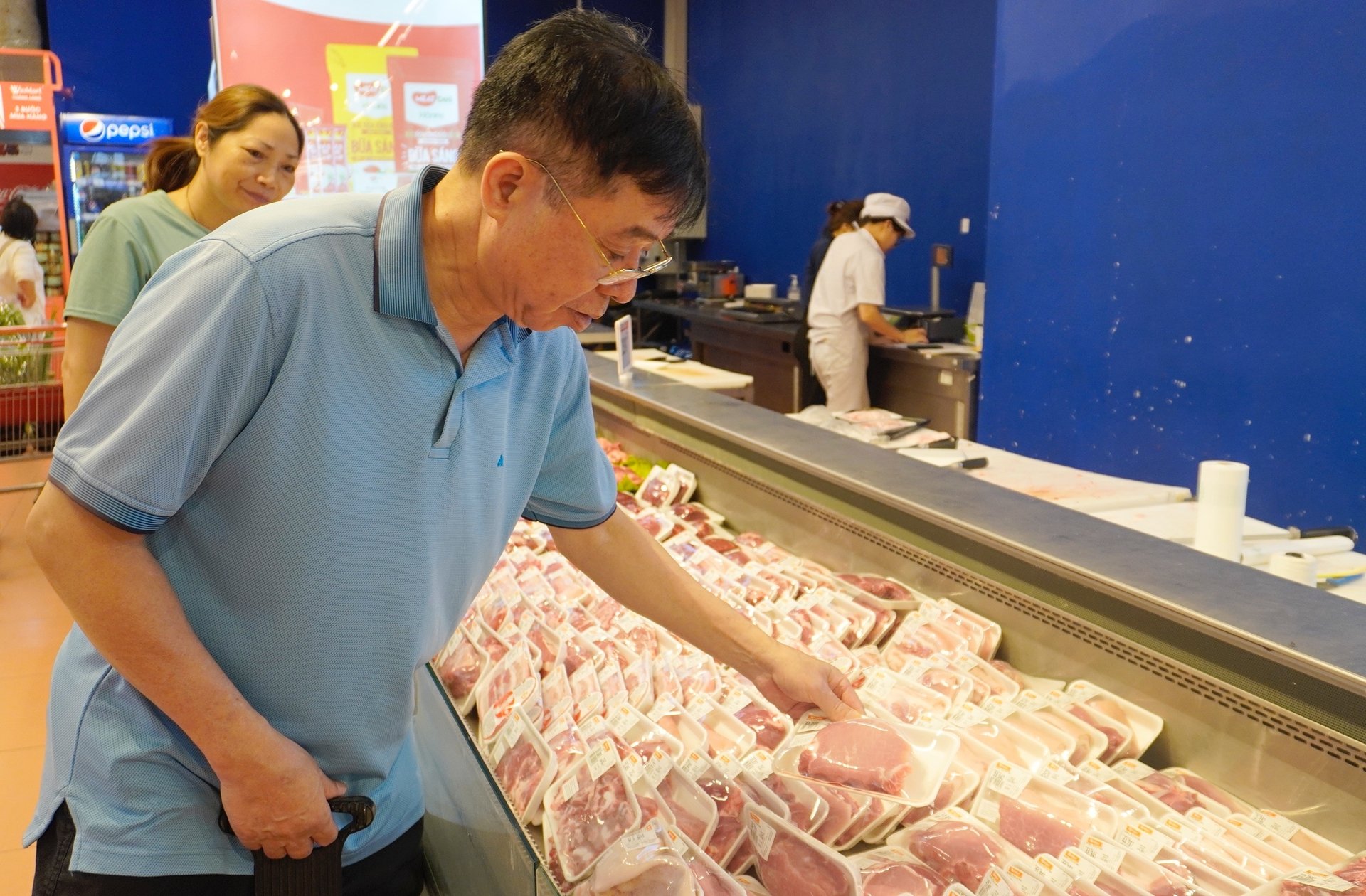
After Lunar New Year 2025, pork prices will increase sharply due to many reasons. Photo: Duy Hoc .
At the same time, Mr. Trong said that it is necessary to focus on biosafety, especially vaccination. For diseases that do not have vaccines, biosafety in livestock farming becomes even more necessary.
In addition to building a chain of links and ensuring biosafety, Mr. Trong said that it is necessary to focus on disease control, food safety and traceability. Only when these solutions are implemented synchronously can the livestock industry in general and pig farming in particular develop sustainably.
“Currently, large and medium-sized livestock farms have basically implemented biosecurity measures well. However, the biggest challenge lies in small-scale livestock farms and household farms, where livestock farming models are still intertwined with residential areas in a “sticky rice and bean” style. This makes ensuring biosecurity extremely difficult,” Mr. Trong added.
Circular farming, raising native animals is a wise choice
Mr. Trong informed that the number of pig farming households has decreased significantly. Previously, there were about 4 million households, but according to recent statistics, this number is only 1.7 million households and may have decreased further. However, it is impossible to completely eliminate the household farming model, because this is still the livelihood of millions of farmers, so solutions are needed to maintain and develop it sustainably.
The livestock development strategy for the 2021-2030 period, with a vision to 2045, aims to promote large-scale farm models, but at the same time maintain household livestock farming in a more professional direction, ensuring biosafety and organic direction.

Household livestock farming cannot be completely eliminated because it is still the livelihood of millions of farmers. Photo: Hong Tham .
In particular, the livestock farming model needs to be developed according to a circular ecosystem in agriculture, increasing the use of renewable energy to help convert seemingly discarded, polluting things into renewable resources. When the output of one industry becomes the input of another, not only does it reduce greenhouse gas emissions but it also effectively utilizes agricultural by-products.
“Livestock farming according to the circular ecosystem needs to be promoted, people must have the opportunity to access and apply this model. Only then will production costs decrease, helping the livestock industry compete better in the domestic market. If we do not improve, imported food will flood in, then we will lose right at home. Therefore, we need to proactively create highly competitive products, both in terms of price and food safety,” the Vice President of the Vietnam Farm and Agricultural Enterprise Association emphasized.
“Household animal husbandry cannot be completely eliminated because it is still the livelihood of millions of farmers, so there needs to be support policies suitable to their actual conditions,” said Mr. Nguyen Van Trong, Vice President of the Vietnam Farm and Agricultural Enterprise Association.
Source: https://nongnghiep.vn/bao-gia-lon-can-quet-bai-6-loi-di-nao-cho-chan-nuoi-nong-ho-d745228.html






![[Photo] Prime Minister Pham Minh Chinh chairs meeting to remove difficulties for projects](https://vstatic.vietnam.vn/vietnam/resource/IMAGE/2025/3/30/7d354a396d4e4699adc2ccc0d44fbd4f)
![[Photo] Ministry of Defense sees off relief forces to the airport to Myanmar for mission](https://vstatic.vietnam.vn/vietnam/resource/IMAGE/2025/3/30/245629fab9d644fd909ecd67f1749123)
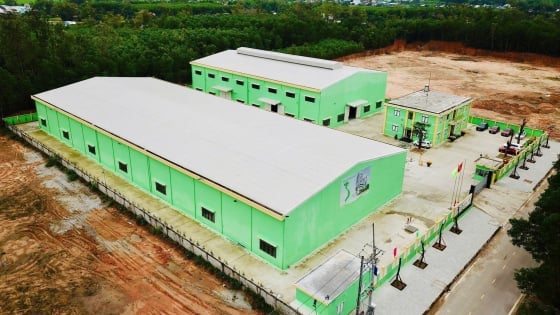


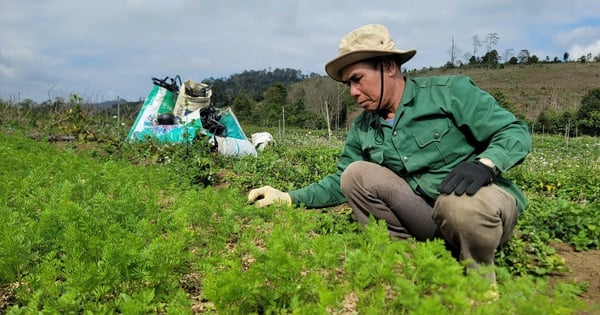
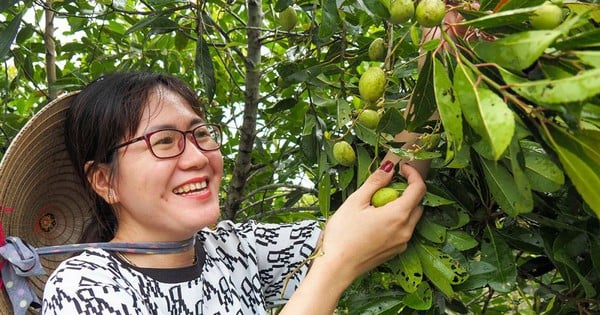
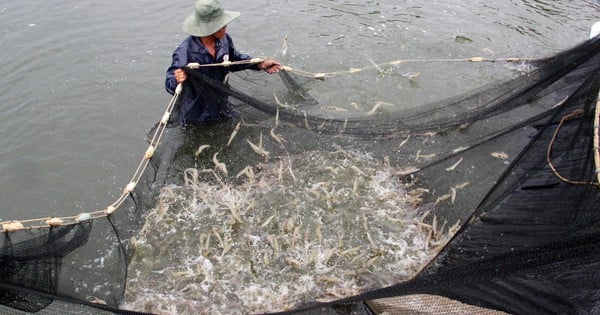




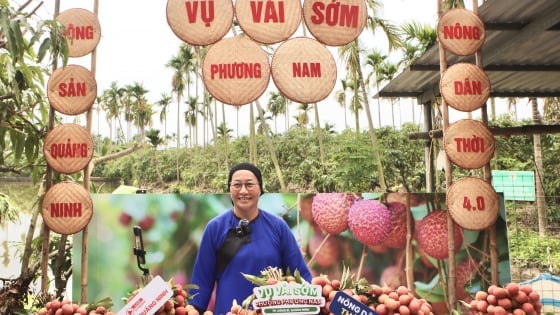



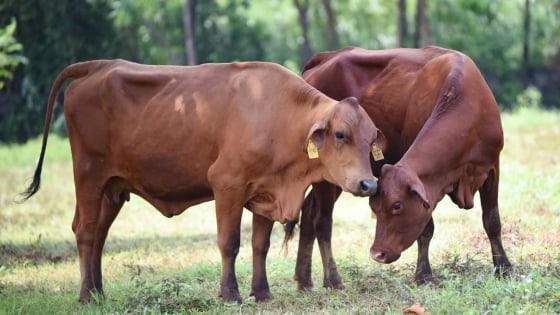







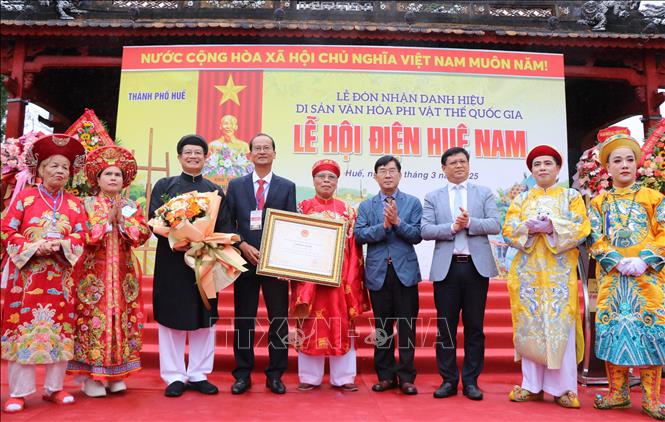







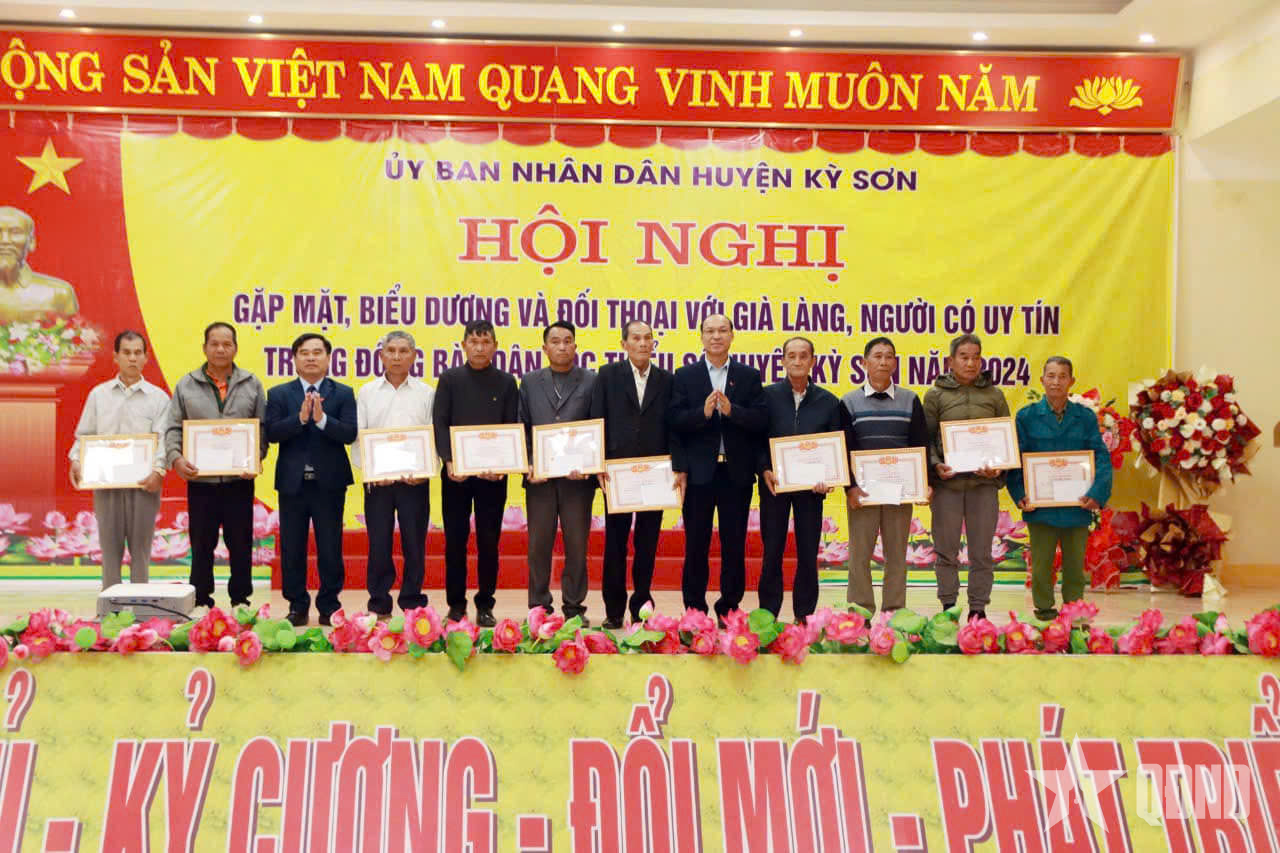



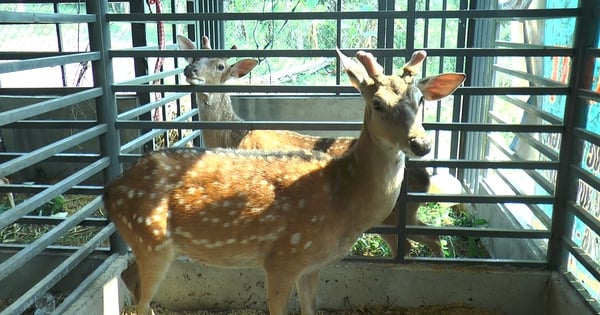





















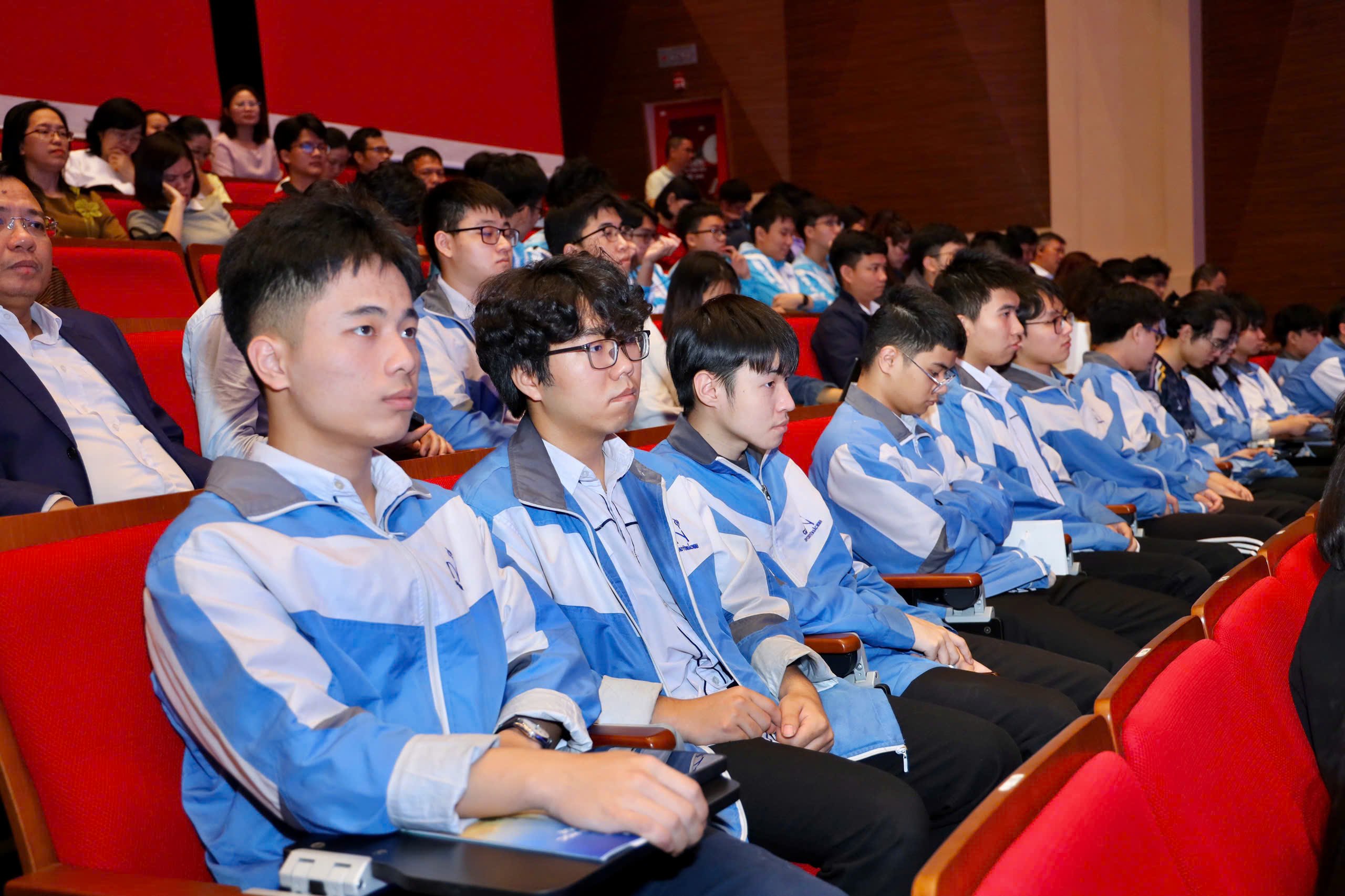





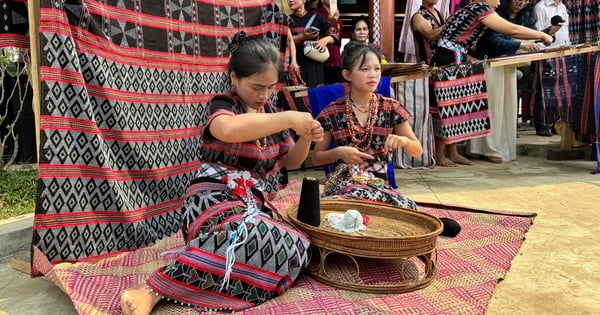


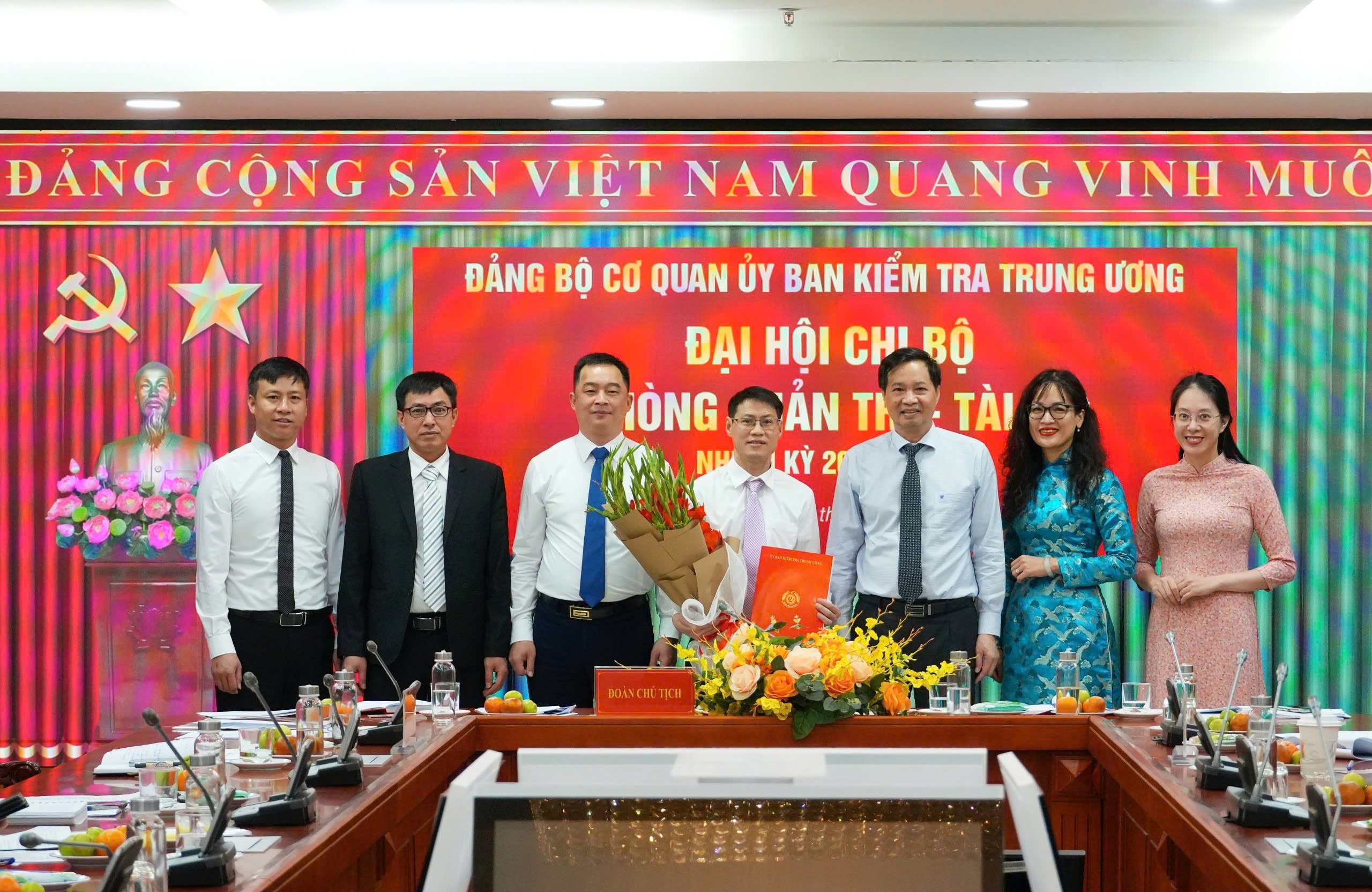





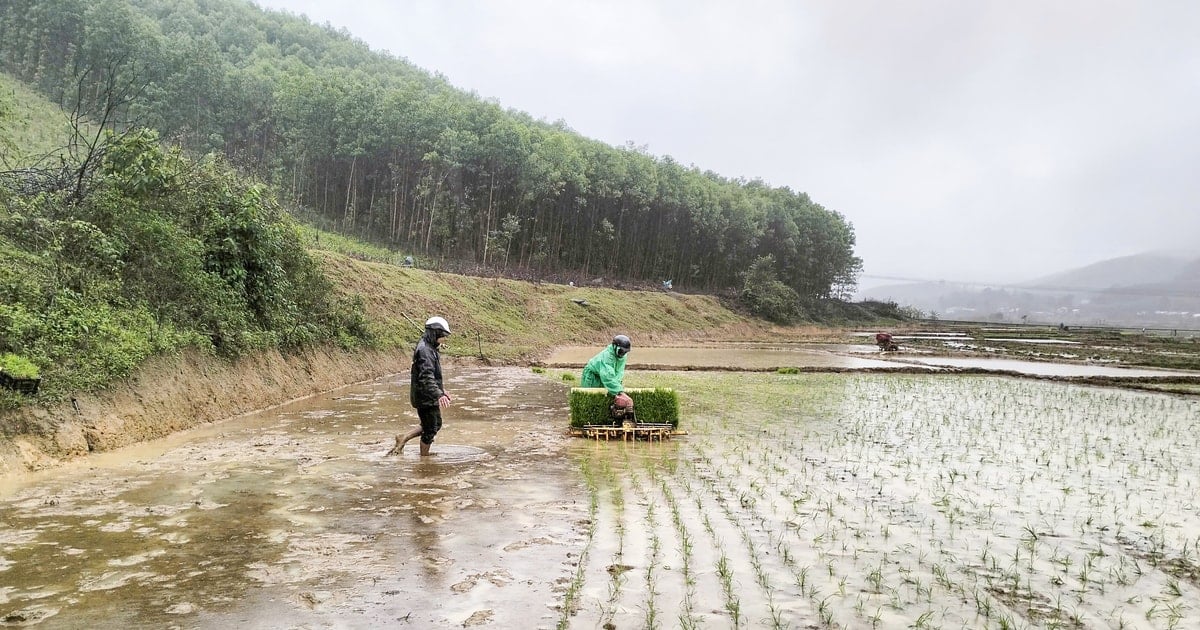







![[REVIEW OCOP] An Lanh Huong Vet Yen Cat](https://vstatic.vietnam.vn/vietnam/resource/IMAGE/2025/3/27/c25032328e9a47be9991d5be7c0cad8c)



Comment (0)